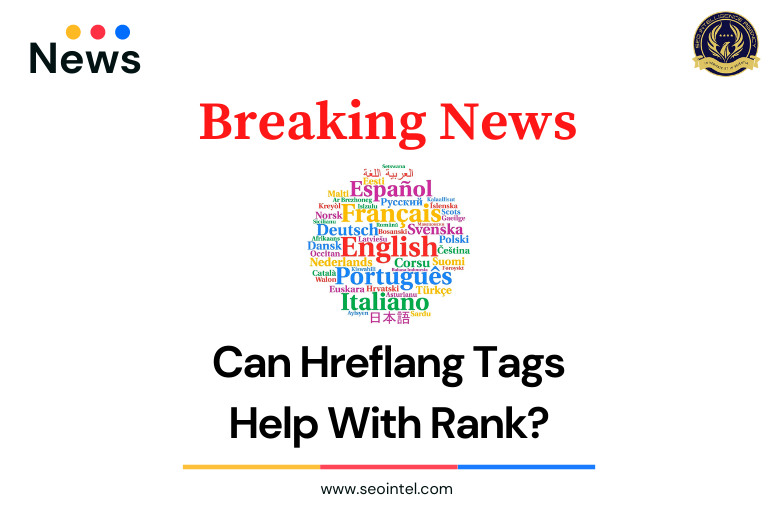
In the past episodes of Google SEO Office Hours, multilanguage sites and hreflang tags seem to be hot topics.
In the January 7 episode, John Mueller was asked if using hreflang tags can help with rank.
His answer to this was that using hreflang tags for different language versions of your site does not change the ranking of the pages, rather, it would just make sure that the preferred language version is shown in the search results and to the user.
This is especially in the case of having different country versions, the hreflang makes it a bit easier for Google to show the best matching version or language for the user.
If you are seeing the wrong version of the site or page shown in the search results, for example, if someone is searching in Australia and they see the Indian version of the page, then the use of hreflang would be useful in helping solve that situation.
If the right version is already seen in the search results, then the use of hreflang tags is not critical.
In the same hangout, it was also asked if the hreflang tag can be used in different domain versions of the site, and the answer is yes.
The hreflang tag is not only limited within pages in the same site, but can also be used for different sites using different domains with different language versions (An example would be multilanguage sites using different CcTLDs).
As an example, a site serving English users (.com), and a separate site serving French users (.fr), you can set an hreflang to indicate that the French site is a French version of the English site, and to serve that site to French users. The tag is not only limited within a site and just within subdirectories or subdomains for multilanguage sites.
So generally, the use of hreflang tag does not have any effect on rank and the same rank is applied across different language version. The tag has more to do with which particular version of the site is served to the users.